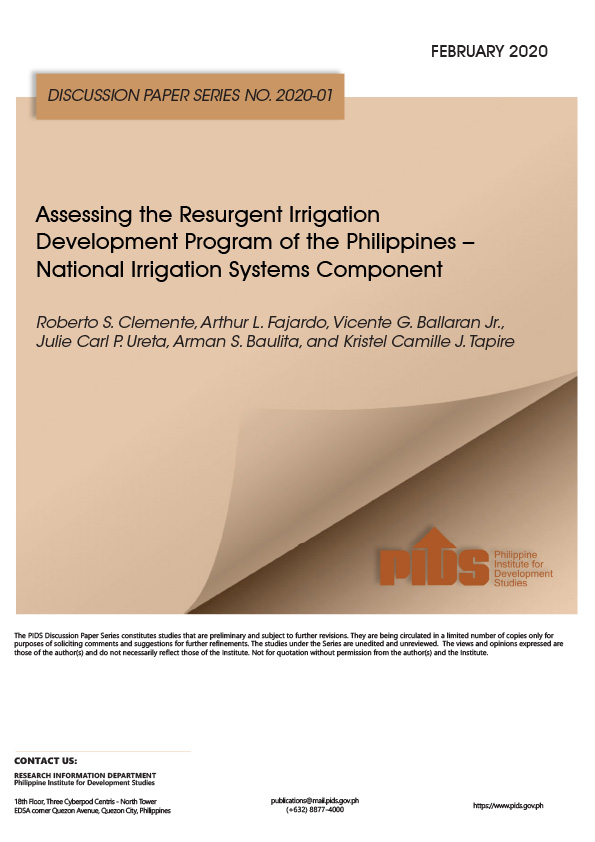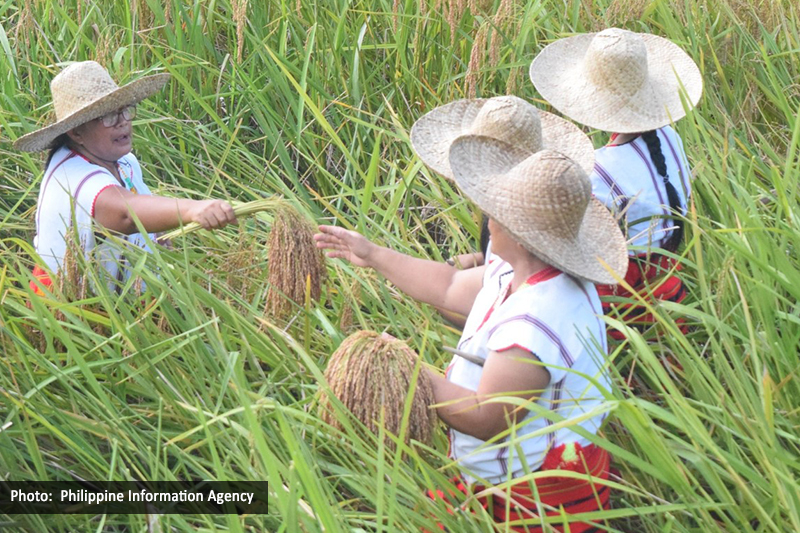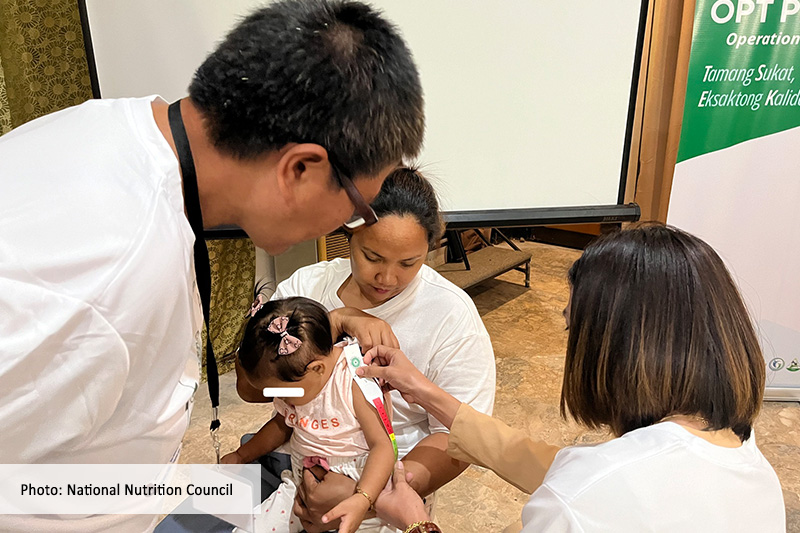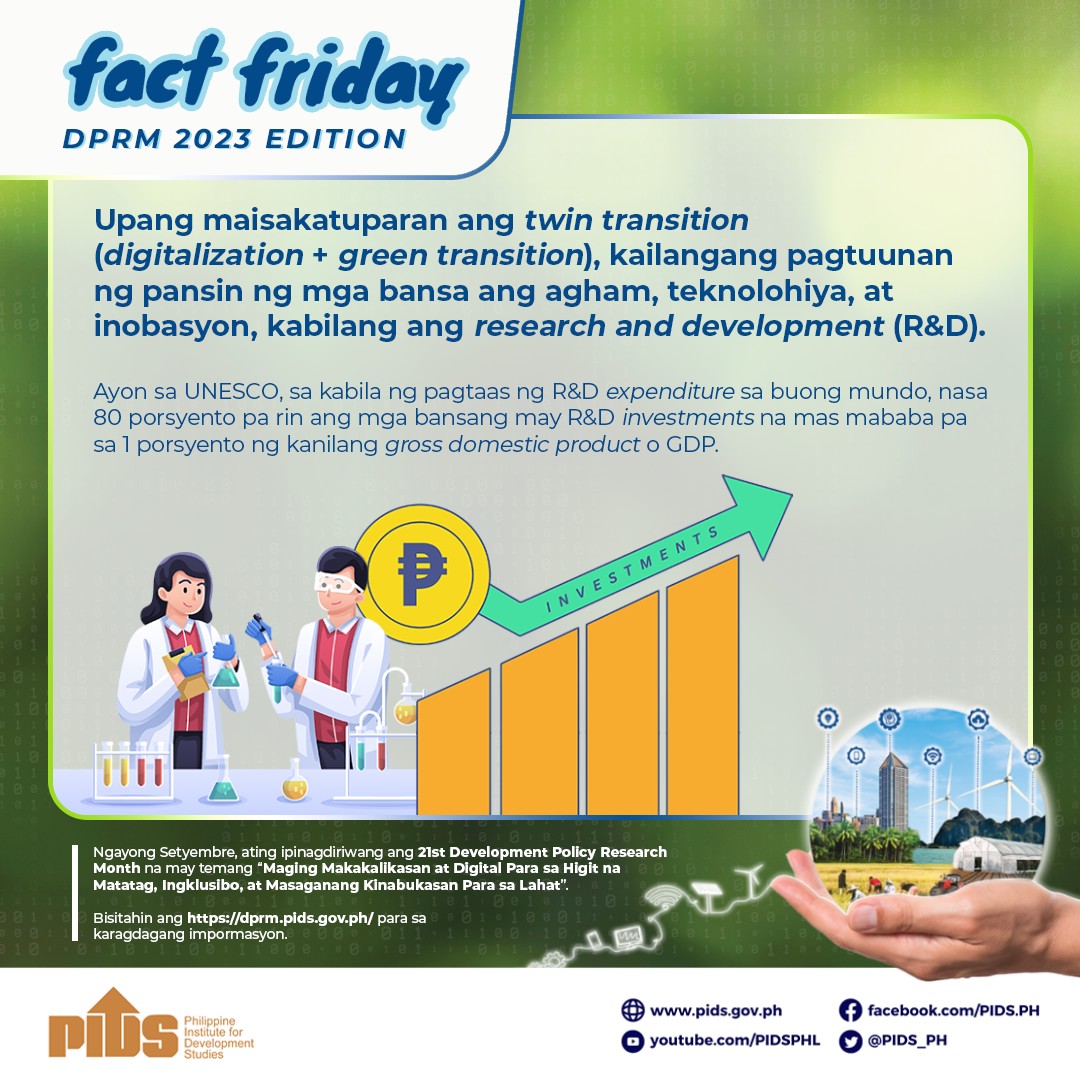Adequate data and the provision of “realistic” resources would help improve irrigation systems, according to a study released by the Philippine Institute for Development Studies.
The study, titled “Assessing the Resurgent Irrigation Development Program of the Philippines-National Irrigation Systems [NIS] Component,” said data on potential irrigable areas have been inadequate, particularly on field-based information on soil texture and land suitability.
Resources have also been lacking particularly for the operation and maintenance (O&M) of irrigation systems, as well as the completion of irrigation projects.
“NIA [National Irrigation Administration] should allocate realistic resources for O&M, and formulate effective policies and incentive systems, so as not to defer O&M until the problem becomes a major rehabilitation project. The target is to establish the system condition near its design condition,” the study read.
The study indicated that adequate resources are needed to address water losses, especially in Earth or unlined canals.
Resources are also needed to adopt Integrated Watershed Management (IWM) to control runoffs and degradation; protect and conserve watersheds; enhance the water resource originating from the watershed; control soil erosion and reduce sedimentation; and increase the infiltration of rainwater.
The study stated that the lack of budget was due to the focus of the NIS on new irrigation projects and less on completing existing projects.
“In NIS, the trend of focusing on new projects instead of finishing up old/incomplete projects seems to demonstrate the lack of commitment to comply with old project deliverables. But the contract should have been followed until completion,” the study read.
“This may be in part due to lack of budget to finish up the incomplete projects or it could be that the feasibility of opening new projects with new budget seem more promising,” it added.
The National Economic and Development Authority (Neda) said the availment backlog for overseas development assistance was at $1.42 billion in 2018.
The top 5 agencies that did not meet their scheduled availment as of 2018 for their project loans were: the Departments of Transportation (DOTr), of Public Works and Highways (DPWH), of Environment and Natural Resources (DENR), of Social Welfare and Development (DSWD), and the NIA.
Neda said these agencies accounted for 91 percent of the total availment backlog. Data showed the DOTr accounted for an availment backlog of $724.34 million; DPWH, $406.9 million; NIA, $58.22 million; DENR, $52.34 million; and DSWD, $48.8 million.
The study, titled “Assessing the Resurgent Irrigation Development Program of the Philippines-National Irrigation Systems [NIS] Component,” said data on potential irrigable areas have been inadequate, particularly on field-based information on soil texture and land suitability.
Resources have also been lacking particularly for the operation and maintenance (O&M) of irrigation systems, as well as the completion of irrigation projects.
“NIA [National Irrigation Administration] should allocate realistic resources for O&M, and formulate effective policies and incentive systems, so as not to defer O&M until the problem becomes a major rehabilitation project. The target is to establish the system condition near its design condition,” the study read.
The study indicated that adequate resources are needed to address water losses, especially in Earth or unlined canals.
Resources are also needed to adopt Integrated Watershed Management (IWM) to control runoffs and degradation; protect and conserve watersheds; enhance the water resource originating from the watershed; control soil erosion and reduce sedimentation; and increase the infiltration of rainwater.
The study stated that the lack of budget was due to the focus of the NIS on new irrigation projects and less on completing existing projects.
“In NIS, the trend of focusing on new projects instead of finishing up old/incomplete projects seems to demonstrate the lack of commitment to comply with old project deliverables. But the contract should have been followed until completion,” the study read.
“This may be in part due to lack of budget to finish up the incomplete projects or it could be that the feasibility of opening new projects with new budget seem more promising,” it added.
The National Economic and Development Authority (Neda) said the availment backlog for overseas development assistance was at $1.42 billion in 2018.
The top 5 agencies that did not meet their scheduled availment as of 2018 for their project loans were: the Departments of Transportation (DOTr), of Public Works and Highways (DPWH), of Environment and Natural Resources (DENR), of Social Welfare and Development (DSWD), and the NIA.
Neda said these agencies accounted for 91 percent of the total availment backlog. Data showed the DOTr accounted for an availment backlog of $724.34 million; DPWH, $406.9 million; NIA, $58.22 million; DENR, $52.34 million; and DSWD, $48.8 million.












